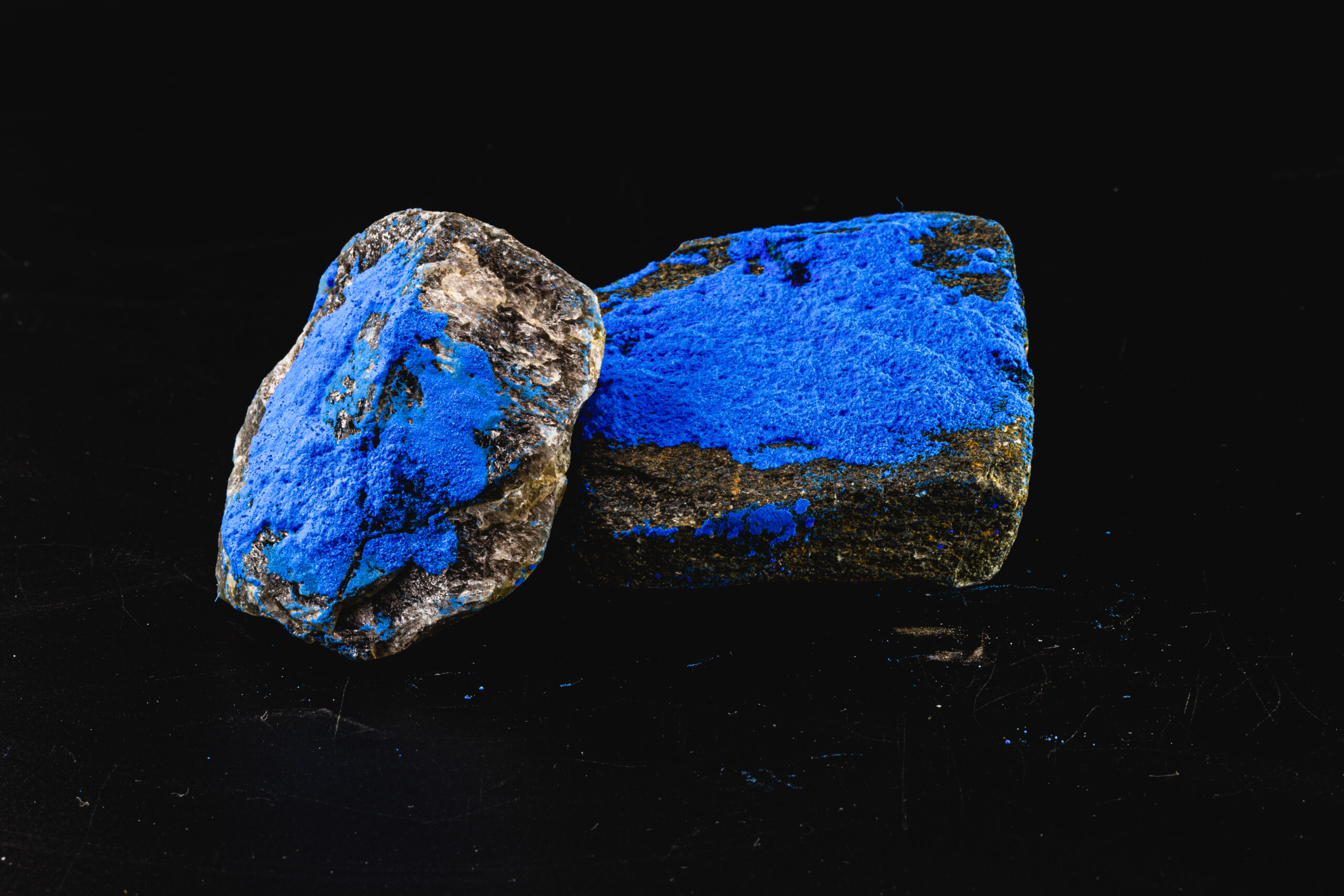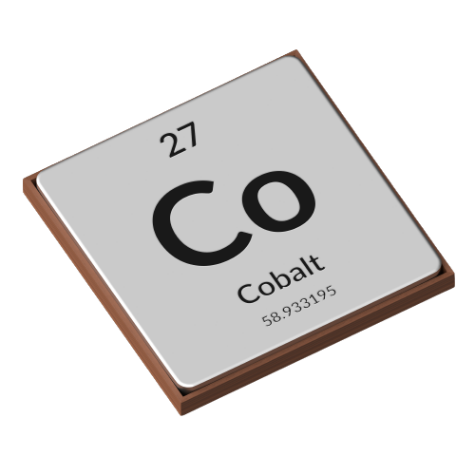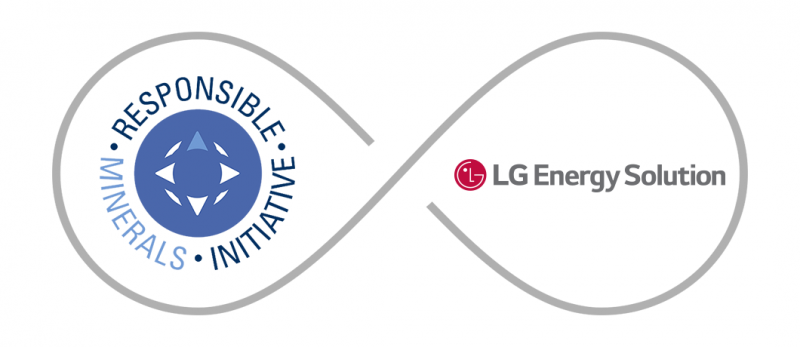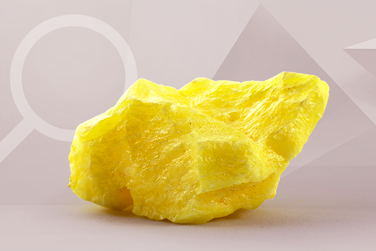Did you know that cobalt is metal, as in cobalt blue? Cobalt is recently creating a buzz with the rise of the battery industry.
Today, let’s take a closer look at cobalt, one of the core raw materials of rechargeable batteries.

Cobalt has been used as a blue colorant since the Bronze Age. The oldest cobalt-tinted glass found was made during the 18th dynasty in Egypt and from the Tang and Ming dynasties in China. Dark blue glass items were found in Egyptian sculptures, Persian jewels, Pompeian historical sites, and even in Tut Ankh Amun’s tomb. Blue mosaic tiles in Islamic mosques also contain cobalt. Likewise, cobalt was often used to add a blue hue to pieces of ceramics in Asia. Leonardo Da Vinci was also said to have loved using this blue pigment.
The name cobalt originated from “kobold,” a term German miners used to call the ores containing cobalt. Kobold was an imaginary fairy or goblin that the miners believed to have resided inside the mines. As the miners saw it, the blue cobalt looked like the eyes of the kobold!

In 1735, when the Swedish chemist Georg Brandt first isolated cobalt from cobalt ore, chemists at the time assumed it was an arsenic or copper compound because of its blue color. In 1780, Swedish chemist Torbern Olof Bergman confirmed that cobalt was a new metal, and it was finally recognized as an element on its own.
Cobalt’s atomic number is 27, and its element symbol is ‘Co.’ This silvery-white metal is an iron group element atom in Group 9 of the periodic table. It is hard and ferromagnetic.* Cobalt does not react with air and water but slowly dissolves in diluted acids. Cobalt exists naturally in combination with other elements like arsenic or sulfur. It is mainly found in smaltite but may also be present in copper and lead ores. Most of the cobalt is found as a by-product of copper and nickel deposits instead of existing on its own.
*Ferromagnetic substances retain magnetism even when an external magnetic field is removed.

Until the early 20th century, cobalt had few uses other than coloring pigment. However, it began to capture attention when American businessman Elwood Haynes introduced Stellite1) alloy, a superalloy using cobalt. Since then, cobalt has been used to make superalloys for applications that require high strength and heat resistance, such as turbine blades in jet engines and permanent magnets.
Cobalt is garnering attention as it is a core material of lithium-ion batteries, the backbone of the electric vehicle industry.
Cobalt is used to make cathode materials that determine the performance of electric vehicle batteries. It is critical because it controls cathode corrosion or explosion hazards. Since it is primarily obtained as a by-product of copper and nickel mining, it is highly scarce and even more expensive than nickel, another key material in EV batteries.

About 70% of cobalt worldwide is produced in the Democratic Republic of Congo. Geographically disproportionate presence and a tight supply of cobalt drive up its price, accounting for 20% of the battery manufacturing cost. Also, the cobalt supply has emerged as a global issue due to problems arising from its mining and production, including environmental pollution. As a result, the world is calling for sustainable and responsible management of the cobalt supply chain.
To lead the effort, LG Energy Solution joined the Responsible Minerals Initiative (RMI)2) and is building an ethical and stable supply chain for the production and demand of raw battery materials, including cobalt. As the battery industry receives worldwide attention, battery companies should base their business strategy on an ethical and transparent supply operation.
1) Stellite alloy can retain its strength and shape at high temperatures. It is mainly used to make bearings and internal combustion engine valves.
2) RMI (Responsible Minerals Initiative) member: LG Energy Solution joined RMI in 2019 before spinning off from LG Chem.





